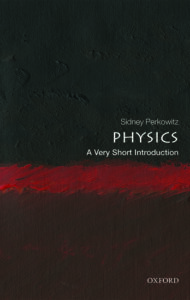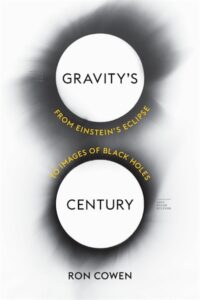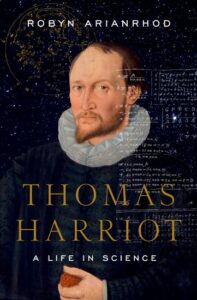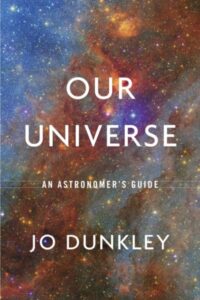“A good many times I have been present at gatherings of people who, by the standards of the traditional culture, are thought highly educated and who have with considerable gusto been expressing their incredulity at the illiteracy of scientists. Once or twice I have been provoked and have asked the company how many of them could describe the Second Law of Thermodynamics. The response was cold: it was also negative. Yet I was asking something which is about the scientific equivalent of Have you read a work of Shakespeare’s?”
So declared C.P. Snow, CBE, in his now classic Rede Lecture of 1959, now published as “The Two Cultures.”




